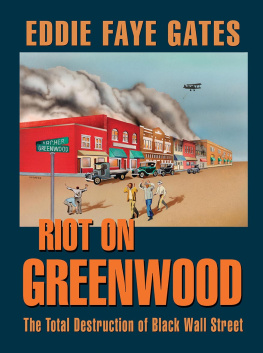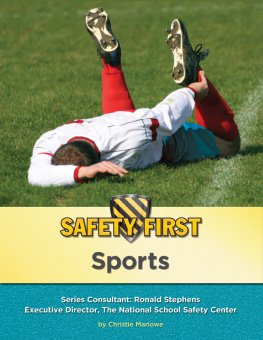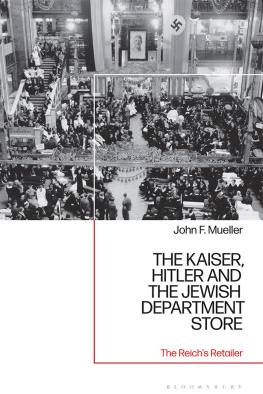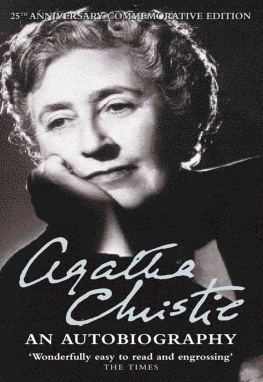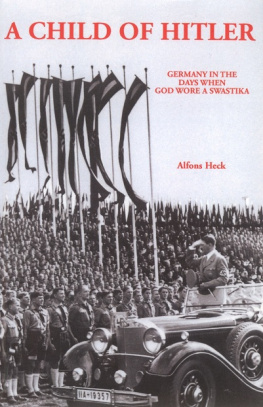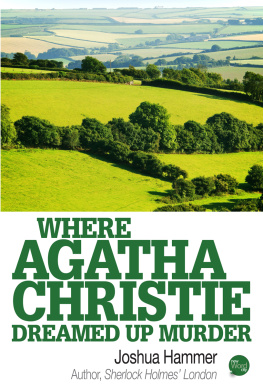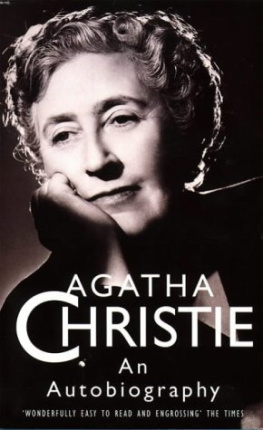THE RIOT AT CHRISTIE PITS
THE RIOT
AT CHRISTIE PITS
CYRIL LEVITT AND WILLIAM SHAFFIR
With a new Foreword by Marcus Gee


SECOND EDITION
Copyright 1987, 2018 Cyril Levitt and William Shaffir
New Jewish Press
University of Toronto Press
Toronto Buffalo London
utorontopress.com
All rights reserved. No part of this publication may be reproduced in any manner whatsoever without written permission from the Publisher, except by a reviewer who wishes to quote brief passages for inclusion in a review.
Book design: Mark Goldstein
LIBRARY AND ARCHIVES CATALOGUING IN PUBLICATION
Levitt, Cyril, 1946, author
The riot at Christie Pits/Cyril Levitt and William Shaffir.
Previously published: Toronto: Lester & Orpen Dennys, 1987.
Issued in print and electronic formats.
ISBN 978-1-988326-08-5 (softcover).
1. RiotsOntarioTorontoHistory. 2. Christie Pits (Toronto, Ont.)History. 3. Jews
OntarioTorontoHistory. 4. AntisemitismOntarioToronto. I. Shaffir, William, 1945,
author II. Title.
FC3097.9.J5L48 2018971.3541004924009046c2018-900005-8
c2018-900006-6
PRINTED IN CANADA
To the memory of Ben Levitt, who first told his son about the exploits of
those who fought in the battle of Christie Pits
C.L.
To the memory of my mother
W.S.
Contents
Note to the Reader
With the exception of the Foreword and Postscript, this publication is a reproduction of the original text of The Riot at Christie Pits. Any temporal references such as at present, today, now, or currently refer to the period of its original publication, circa 1987. There will also be minor changes in copy style that has evolved between the first publication and this one.
Acknowledgments
It is perhaps a testimony to the ethnic mosaic that is Toronto that this book about events in the city in the summer of 1933 was written in Berlin, Tel Aviv, and Hamilton, Ontario. The idea for the project arose during an exhibition concerning the history of prejudice and racism in Canada in which a newspaper clipping from the Toronto Daily Star of 17 August 1933 about the riot at Christie Pits called to mind the stories that one of the authors had heard from his father in the 1950s. Subsequent discussions with Tony Hyde in Ottawa helped to give the project a clearer focus.
There are many, many people to whom we are indebted for their help in bringing about this book. Robert Fulford suggested that we write up our research findings in the form of a book and put us in touch with Malcolm Lester, who was enthusiastic in his support of our work. Ben Kayfetz was always ready to fill in gaps in our knowledge about Toronto in the early thirties, and his interpretation of certain events and phenomena proved to be most helpful. Alan Shefman, of the League for Human Rights of Bnai Brith, and Stephen Speisman, Director of Archives at the Toronto Jewish Congress, were untiring in their assistance. David Rome, the indefatigable researcher on antisemitism in Canada, helped us to put the events of the summer of 1933 into historical perspective. Judy Nefsky provided us with every assistance during our research at the Canadian Jewish Congress Archives in Montreal. Lawrence Tapper and Myron Momryk, of the National Archives of Canada, were most helpful to us on the question of ethnic violence. We would also like to thank Victor Russell, Supervisor at the Toronto City Archives, and staff members Elizabeth Cuthbertson and Alan Meisner for their patience and expert guidance through the material relevant to our study. Frau Dr. Keipert and the staff at the Archives of the Aussenamt in Bonn also provided important assistance. Our thanks go as well to the staff at the American Documentation Center on Nazi War Criminals in Berlin for its co-operation and help. Jim Ingram at Robarts Library, University of Toronto, was of tremendous assistance in obtaining reproductions of newspapers for the photo section and cover.
We were indeed fortunate in having colleagues with whom we could discuss various aspects of our research. Especially helpful were Irving Abella, Ray Breton, Howard Brotz, Jean Burnet, Yaakov Glickman, Louis Greenspan, Robert Harney, David Kirk, Graham Knight, Michiel Horn, Frank Jones, Jim Lemon, Peter Pineo, Malcolm Spector, Henry Trachtenberg, and Harold Troper. Without the assistance of the scores of people who agreed to be interviewed by us for the book, the contents would have been much less compelling. Several people were interviewed many times. We thank them for their patience with us and for sharing their information. We also thank, for reading the manuscript and assisting in our research, Harry (Burke) and Saul Bergstein, Louis Greenspan, lrv Lasky, Sammy Luftspring, Jack Rosen, and Stephen Speisman.
This book would not have been possible without the generous financial assistance of the LaMarsh Programme for Study of Violence and Conflict Resolution at York University, and of the Secretary of State, Multiculturalism Directorate. We also wish to thank the Alexander von Humboldt Foundation for enabling one of the authors to conduct research relevant to this book in the Federal Republic of Germany. And finally, we are gratefully appreciative of financial assistance provided by McMaster Universitys Arts Research Board and Peter George, Dean of the Faculty of Social Sciences, McMaster University.
Our wivesAngelika Levitt and Rivka Shaffirdeserve very special mention for always enabling us to travel to Toronto, Ottawa, and Montreal to conduct interviews and library research in connection with the writing of this book.
We wish to thank Margaret Woollard for skilfully copy-editing the manuscript. Special mention must be made of the essential contribution of Janet Hamilton, without whom this book would have been much poorer in structure.
Foreword
An ethnic riot in Toronto? A clash between Jews and Gentiles in a public park? It seems hard to fathom today. Modern Toronto is a multicultural marvel. People come from around the world to study how people from so many backgrounds can live together in such harmony. Canada has no anti-immigrant party braying for the ejection of unwanted newcomers. The citys Jewish community is secure, established, and highly successful.
The Toronto of 1933 was a very different place. It was a British city, a loyal daughter of the Empire. Four in every five Torontonians were of British descent. The Orange Order, that Union Jack-waving bastion of Protestantism and jingoism, was a dominant force in the political and cultural life of what was once called Toronto the Good.
Newer immigrant groupsthe Jews, the Italians, the Ukrainianslived largely apart, excluded from many jobs and looked down on by the majority. About 45,000 Jews lived in Toronto in 1931, the authors of this book report. They made up 7.2 per cent of the population, but a much higher proportion in parts of the west end, like the districts around Christie Pits (18.6 per cent) and Kensington Market (30.5 per cent). In the ultra-British district around the eastern beaches, which were to play a big part in the tensions that lead to the riot, they made up just 0.08 per cent. Fights sometimes erupted when Jews and others ventured out of the relative safety of their neighbourhoods.
The spark that turned fighting into rioting was news from across the sea. The rise of Hitler was well covered by the Toronto press. Both the Jewish papers and the mainstream dailies ran big headlines about Nazi outrages against German Jews in 1933. (Say goodbye to the notion that the Western world didnt know what was happening in Germany.) So imagine the indignation of the Jewish community when residents of the Beach neighbourhood formed something called the Swastika Club and held a march on the boardwalk. They said they werent antisemiticperish the thought. They just wanted to keep obnoxious visitors from fouling their lovely beaches. Jews often came to the Beach for weekend picnics. Some locals wished them gone. They liked their beaches clean and nice.
Next page

